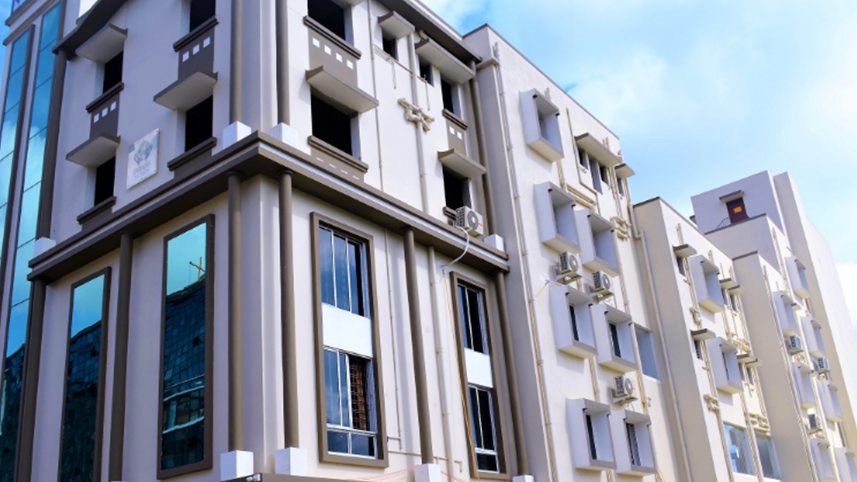Trigeminal Neuralgia: What Is It?
Trigeminal Neuralgia is known to create one of the most severe pain in the face. It is included by excruciating, electrical shock-like, shooting, stabbing pain in the area of Trigeminal nerve distribution in the face. It impacts one side of the face as well as in between discomfort attacks, there are pain-free durations. Discomfort is really felt extra by adhering to trigger aspects like touching the face, eating, ingesting, brushing teeth, or perhaps speaking. The face looks definitely normal.
What Is Secondary & Main Trigeminal Neuralgia?
In the majority of scenarios, the reason for Trigeminal Neuralgia is not known as well as it is called main trigeminal neuralgia. When the reason is recognized, like growths, vascular malformations, oral disease, sinus problems, cancer cells, etc might also trigger trigeminal neuralgia and it is called additional trigeminal neuralgia.
When Is Trigeminal Neuralgia Seen?
This condition is more often seen in the middle-aged and also is much more typical in women than men. In the majority of the patients, the discomfort is purely one-sided except in multiple sclerosis people (2% people) where it is seen on both sides of the face. Trigeminal neuralgia is more seen and also two times as typical on the appropriate side. Many typically patients present with discomfort optimum either in the maxillary (top jaw) or mandibular (lower jaw up to ears) divisions.
What Are The Tests Or Investigations For Trigeminal Neuralgia?
In a small group of clients have the problem results from recognizable brain sores. MR angiography might reveal a partnership between the capillary as well as the fifth cranial nerve. In some cases it can show masses or multiple sclerosis photos in second trigeminal neuralgia. MRI and CT scans are done to rule out secondary trigeminal neuralgia.
TREATMENT:
Treatment With Oral Medicines:
Patients in the initial phases react to medications yet as the duration of the illness proceeds, the medicines end up being inefficient, as well as the person will require a boosted dosage or an interventional discomfort monitoring procedure to control discomfort.
Interventional Discomfort Management:
Interventional pain administration need to be attempted to give pain relief in trigeminal neuralgia when pharmacological management is not successful or there are adverse effects of oral medicines; seen after a few years of the illness.
Nerve blocks
Individual departments of the trigeminal nerve at the trunk (like maxillary nerve block & mandibular nerve block) or at their peripheral branches (like supraorbital, infraorbital, substandard dental as well as psychological nerves) might be obstructed with anesthetic or neurolytic representative (like phenol/alcohol). These might have negative effects of enhancing neuropathic pain after nerve block Extra lately cryoneurolysis or cryoablation is done to obstruct these nerves, which do not have this negative effects.
Gasserian ganglion block.
The trigeminal ganglion/Gasserian ganglion block with Radio-Frequency, glycerol or Balloon compression is considered best for trigeminal neuralgia. These are recommended by recent evidence-based medication. Alcohol, glycerol, or phenol are rarely used nowadays due to their problems like tingling, corneal ulcer, salivating as well as trophic sore of the skin, and occasionally continuous burning daradia pain clinic in the numb location. Success rate with Superhigh frequency is 98%, & balloon compression 90-100%. Significant problems of radiofrequency procedures are unusual, besides partial pins and needles which is not uncommon. Glycerol inj at the retro-Gasserian location is secure but has a greater failure and also early recurrence. Balloon compression is really effective but more invasive, much more costly, needs basic anesthesia (various other treatments can be made with local anesthesia) as well as may create muscular tissue weak point.
Gasserian ganglion block with radiofrequency is the most commonly executed nonoperative treatment throughout the world, due to its marginal issues, greatest success price, and low reoccurrence rate.
Surgery: Microvascular Decompression
Vascular decompression surgery is going through a great deal of trials in view of issue rate and high reappearance price. There are numerous other invasive procedures like posterior fossa area or decompression and medullary tractotomy, which have higher difficulty rates. In recent times the factor for trigeminal neuralgia is presumed to be an unusual blood vessel pressing over the 5th nerve at the site of origin. To stop stress impact by capillary a Teflon pad is interposed in between the capillary as well as the nerve. When the pressure is soothed over the nerve, the neural transmission is intended to go back to regular. It has actually been reported to provide immediate relief in 79% of individuals. Long-term complete as well as partial alleviation was 73% and also 8%. Death is low (0.3%) and total major problems had to do with 2% after this operation.
Surgical treatment vs. interventional discomfort management:
To contrast these two choices we need to compare success rate, complications, reoccurrence rate & expense. Taking into consideration all these elements interventional pain management (like Superhigh frequency ganglion block) is much better than operations.



